Gift Guide For The Reptile Lover In Your Life
By Holly Jenks
The holiday season has begun and you may be wondering what to get your loved ones. Many of us know what our friends and family’s hobbies are but are often stumped when it comes to buying gifts. If you have a reptile lover in your life but are unsure what to get them, we have just the guide for you!
1.Gift Card
A gift card can be a great gift for the reptile lover in your life. This can give them the option to buy something fun or save it for things that they will need to care for their animals. If you prefer to purchase the gift card in person and don’t live near a reptile store, head to your local CVS, Target or a similar store and purchase a prepaid Visa, American Express etc. There are also many online reptile shops where you can purchase a gift card online. Josh’s Frogs offers a variety of gift cards online including a custom amount card.
2.Smart Plug Timer
Every reptile owner has some system to make sure their lights turn on and off at specific times. Make it easier for them by gifting them a smart plug. These can be set on a timer, making it easier to create and stick to a schedule. Many of these smart plugs can even be controlled from an app on your phone. These plugs can also be used for setting timers for heat mats, automatic misters, and any other part of the enclosure that needs to be plugged in.
3.Reptile Clothing
A fun reptile t-shirt or hoodie is a great gift option for those reptile lovers in your life! Clothing can be a great gift for those who own reptiles and those who don’t. You could design your own or find one online. If you prefer to shop from small businesses, Etsy has lots of options such as this reptile tee.
4.Reptile Necessities
If the person you are shopping for owns reptiles and you know the species, gifting them some reptile necessities can be helpful and a great gift. Decorations for their animals’ enclosure will not only make it look nicer, but also help the animal feel more secure in their environment. Accessories can also be a great gift. Items such as stainless steel tongs or food and water dishes can also make great gifts. You can also check out the different reptile necessities that are sold at Jabberwock
5.Misc.
If the options above aren’t an option for you, there are still a few items that would make perfect holiday gifts! You could keep it simple with a Coffee Mug or a Key Chain. If the person is younger and not able to own a reptile, a Snake Plush is a great option for them.
The holiday season can be stressful, but it doesn’t have to be and shouldn’t be all about stress. Make sure to use this gift guide when searching for gifts to help relieve some holiday shopping hassle.


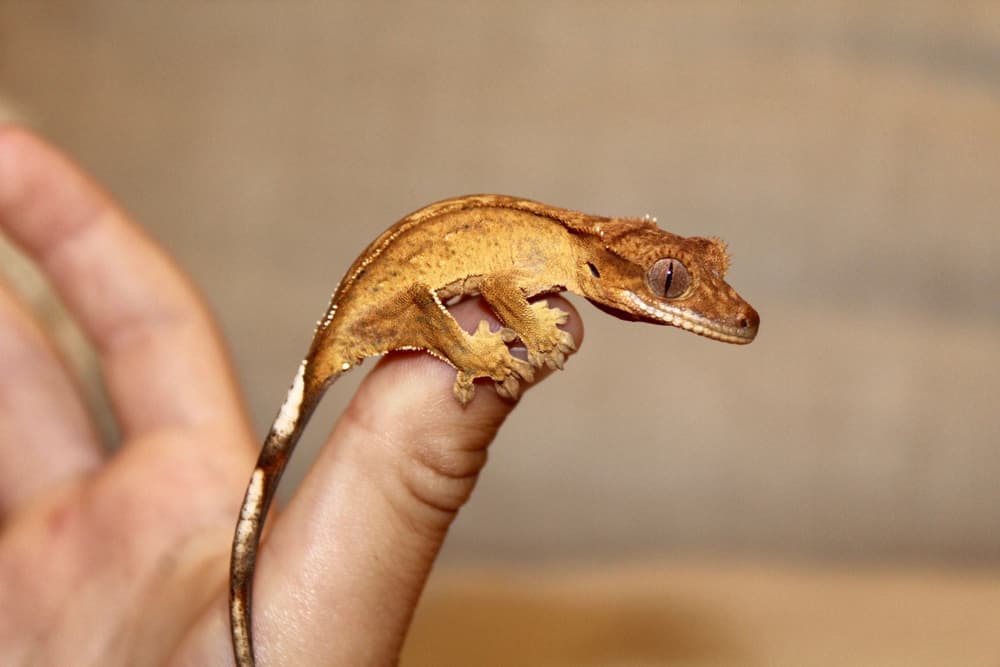
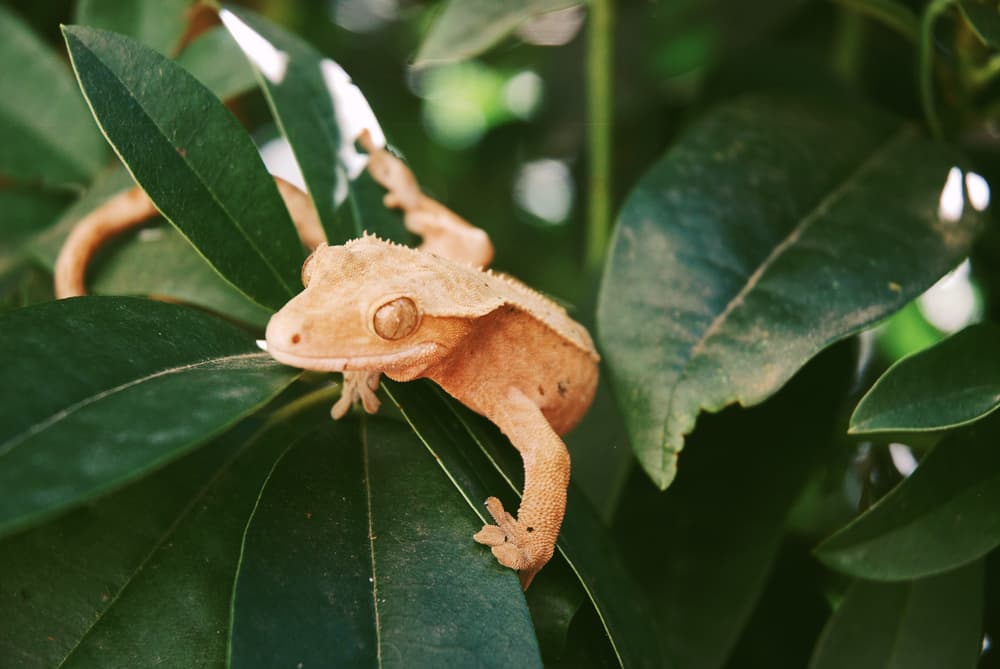
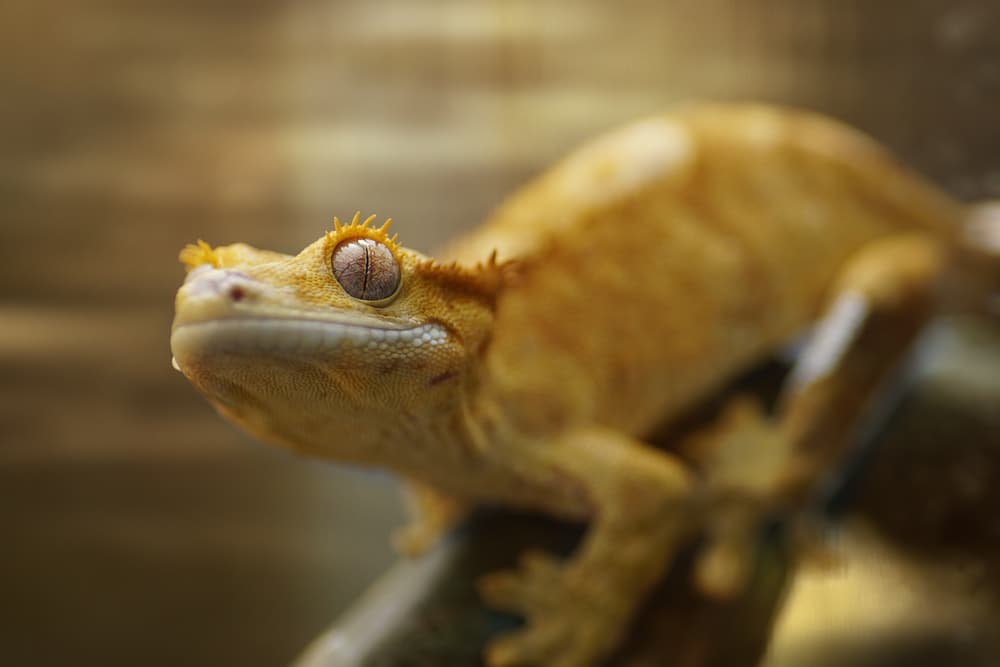
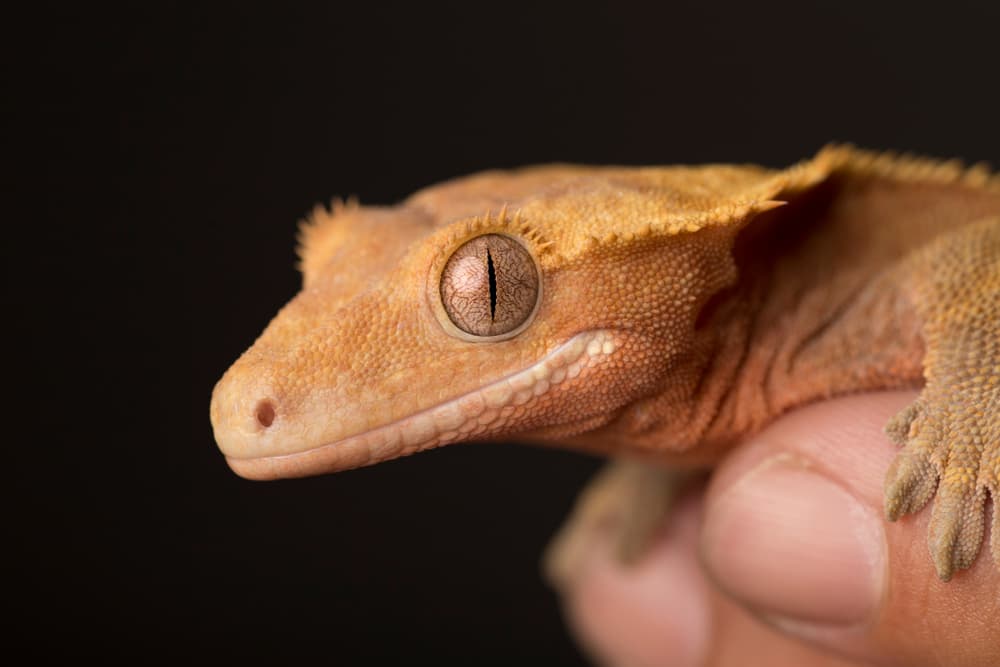
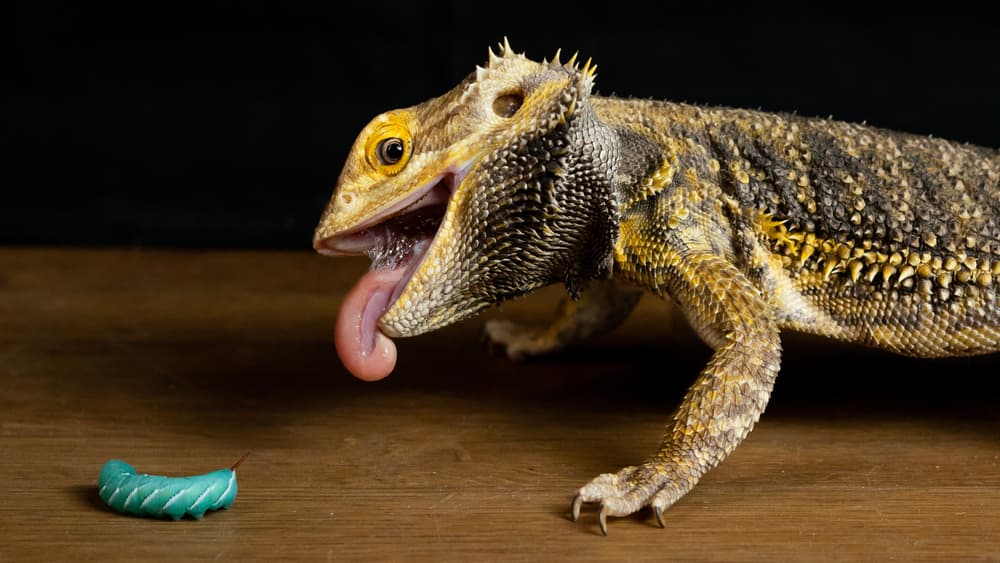



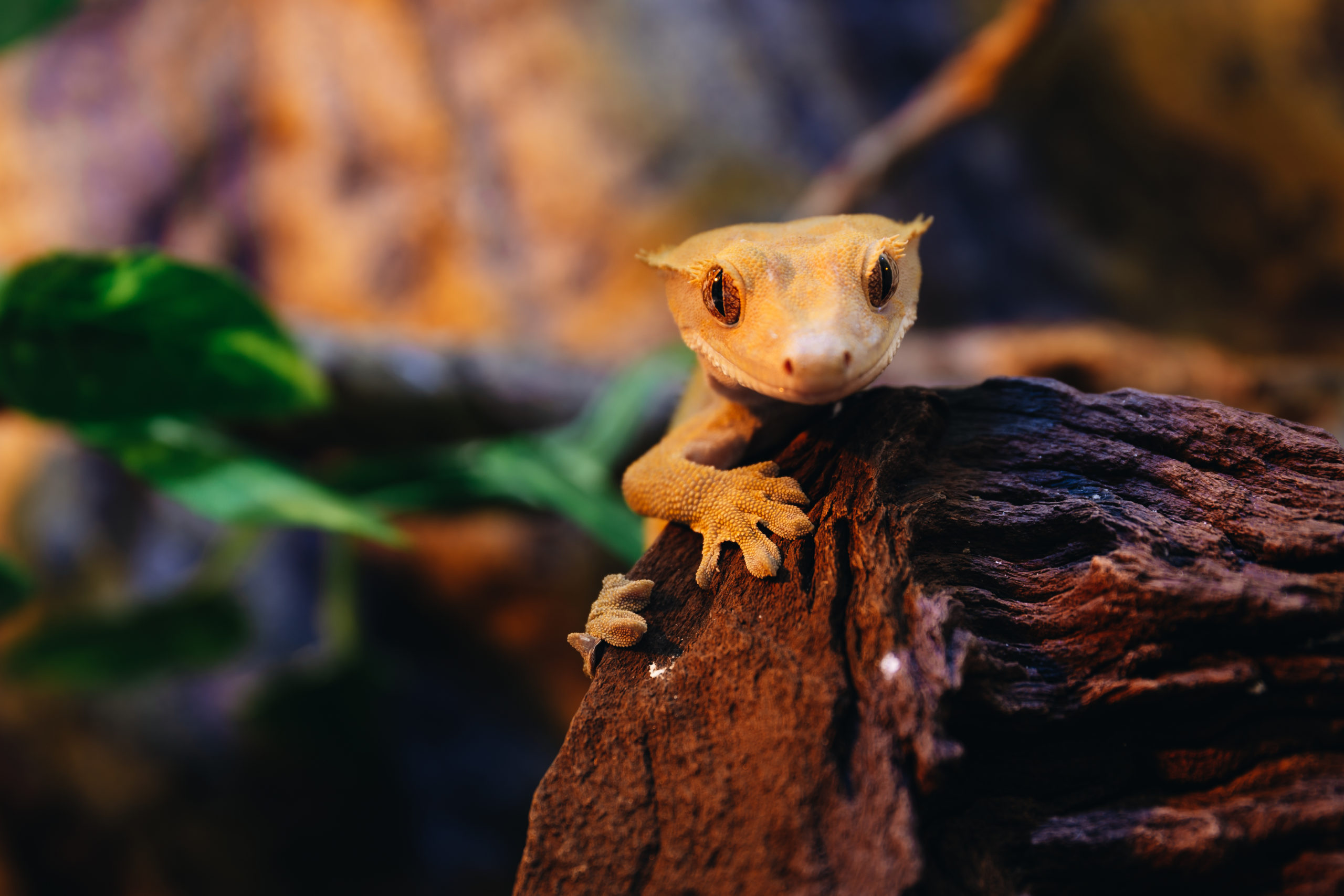
 Because they are
Because they are  Crested Geckos need room to climb. You will need to
Crested Geckos need room to climb. You will need to 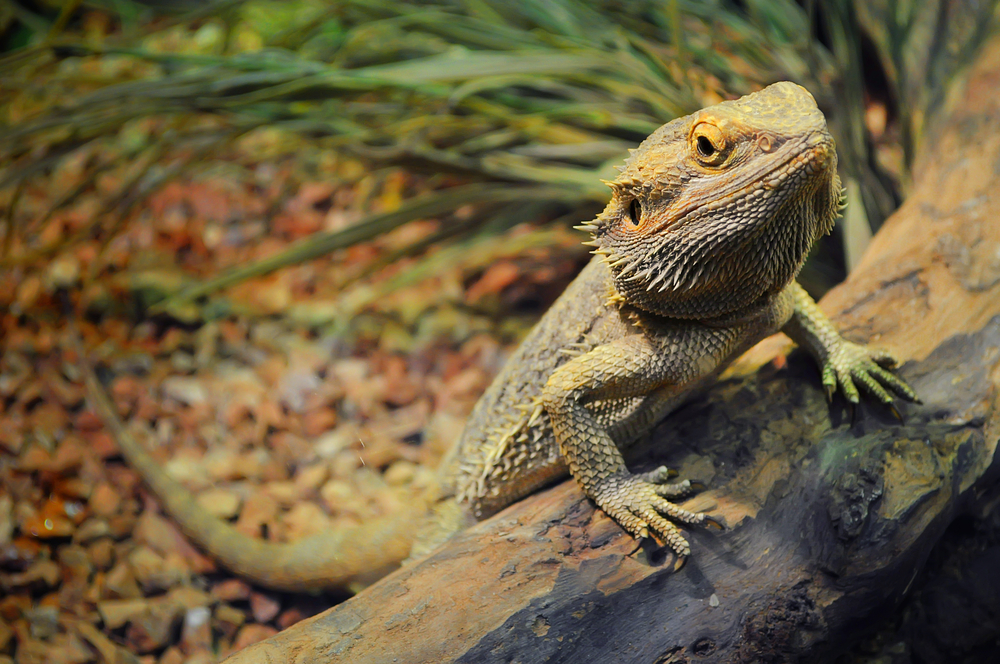


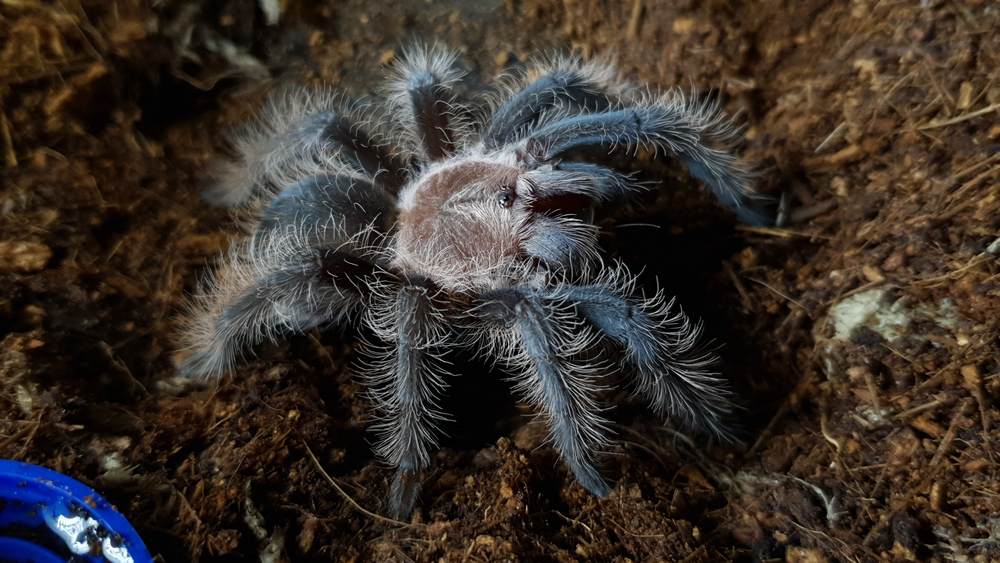
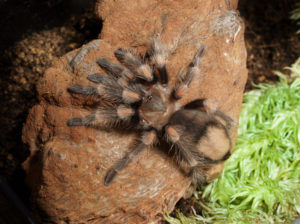
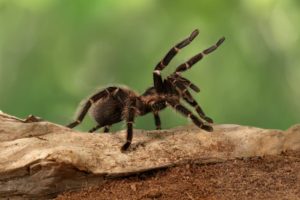
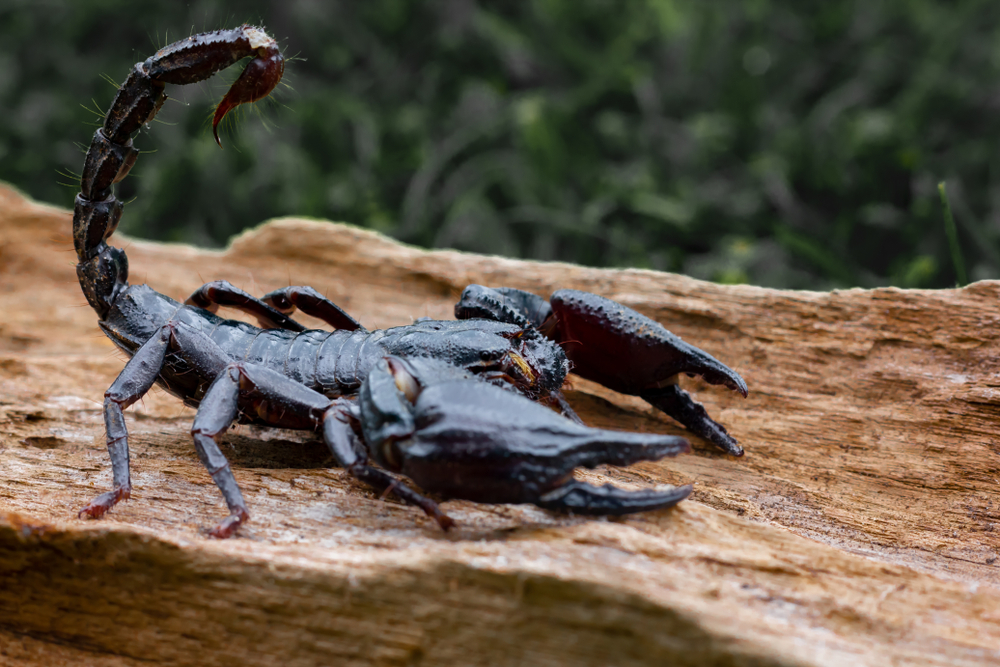
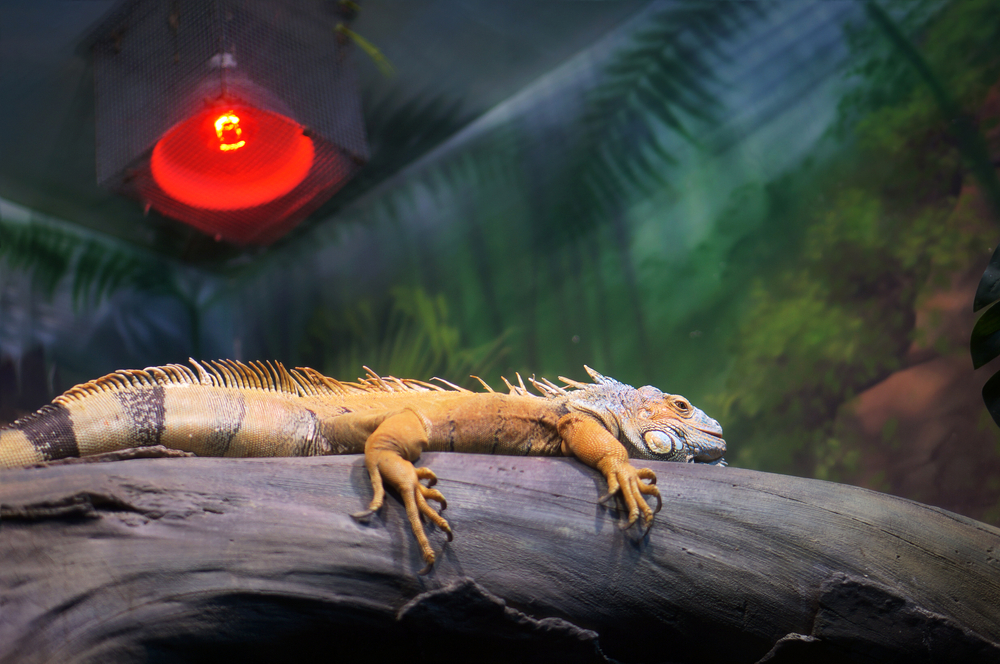
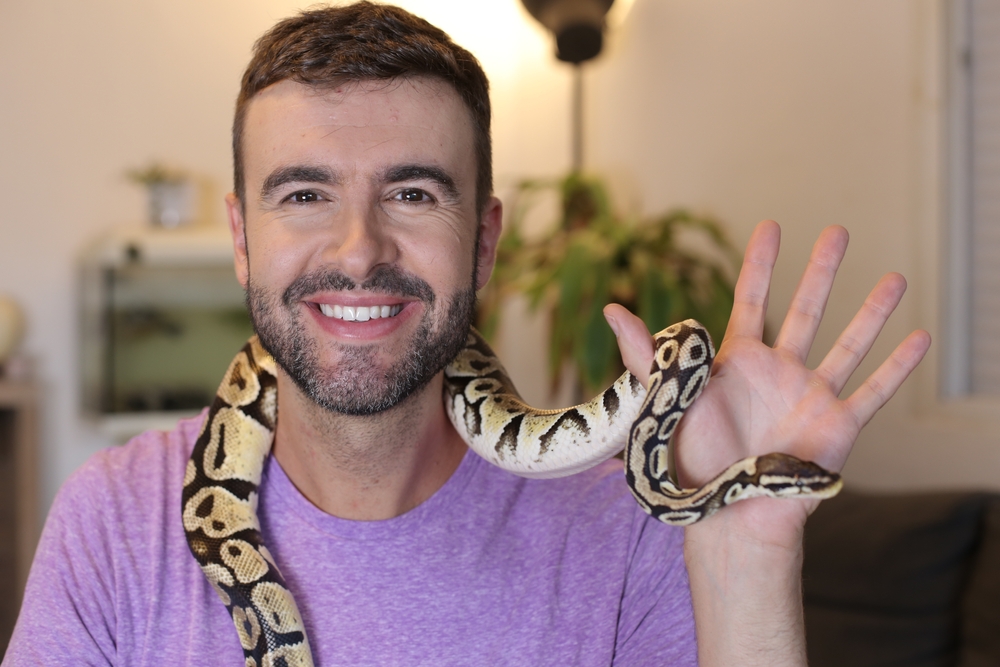
Recent Comments